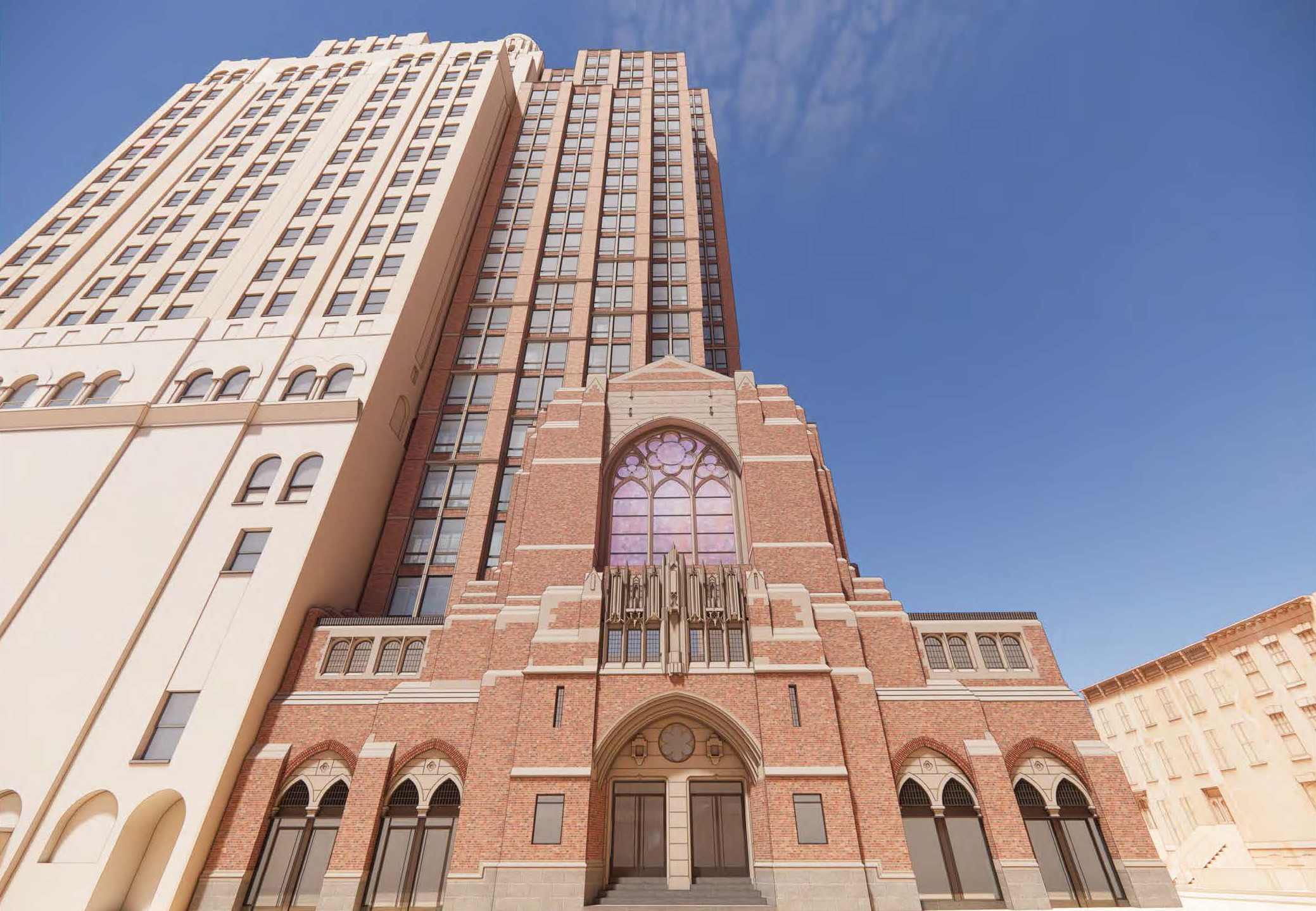Brooklyn Co-Housing Moving Closer to Reality?
Co-ops, until the recent condo building boom, were once a dominant form of housing here in New York, but many found they weren’t actually that, you know, cooperative. So a Brooklyn couple is trying to bring another form of housing to the borough, a Danish model of communal living called co-housing. So says Sarah Ryley…


Co-ops, until the recent condo building boom, were once a dominant form of housing here in New York, but many found they weren’t actually that, you know, cooperative. So a Brooklyn couple is trying to bring another form of housing to the borough, a Danish model of communal living called co-housing. So says Sarah Ryley in the Real Deal. Individuals own their own units in co-housing, like co-ops, but there are shared communal spaces, usually including kitchens and dining areas where residents can eat together. Most American co-housing communities are in rural areas, but in February Alex Marshall incorporated Brooklyn Cohousing LLC. He’s got about 25 interested households, and they’re looking for property between $15 and $35 million for the group. Is Brooklyn ready for such communal living, and will the market provide?
Living Closely With Neighbors [The Real Deal]
Co-housing Sketch. Photo by matthewsargent.





Alright, maybe I’ll give it a try. But I don’t want to share a kitchen with bxgirl, she seems like a slacker and I’m allergic to cats.
So if you have your own kitchen and bath and individual ownership of the unit – how is this different than any other new condo development with community rooms, gyms, lounges, pools, libraries, etc…..
“open sex”, “group monogomy” – whatever it is and no matter how many people are participating – you are talking about something far different then simply a condo/co-op with shared kitchen space and rec rooms.
On a different note – when is Broken Angel going to be finished?
I attended one of their meetings and they seem down to earth, neither hippie nor preachy. I can confirm that each unit will have its own kitchen, bathroom, etc.
I got interested in the cohousing movement because it’s a great place to raise kids. You have both privacy and community. And access to great common space including courtyards, common hall, a restaurant-scale kitchen for special events (yes, with commercial dishwasher), workshops, bike racks, etc. Most of these communities are also very green.
Each unit is completely stand-alone but architecturally oriented to facilitate interaction with your neighbors (e.g. active spaces, such as kitchens, are oriented toward the courtyard.)
I suppose it’s heaven or hell depending on whether you like your neighbors (as are most communities…) This group seems diverse and laid back with a lot of interesting members.
“group monogamy”
Contradictory?
I have no interest in dealing with anyone’s morning grumpiness and ass-scratching (other than spouse and children – they are exempt).
This might be the worst thing to come out of Europe since Ace of Base.
OK I wish to thank the former resident of the Staten island commune for proving my point about a spike in the homicide rate. And I think the most sensible thing written was that Brooklynintes like to take issue with anything anyone else does. Lets face it, we go ape shit over a menu that is left on the stoop.
Unless we are heavily medicated, we do not want to see other people’s shit in our fridge when we get home.
Bottom line: this could be fun for a young starving artist for about ten days, after which they can go hang out at their parents’ villa on Oahu.
For normal, middle-aged american people who like artists and musicians but who do not wish to share tupperware with them, I say, good luck, don’t forget the bulletproof vest.
No. Ganas is not an open sex community. There was a group of 10 people in the community that were involved in a type of group monogamy, but the other 90 people who lived there when I did were not involved in that in any way. What is similar to this plan is that everyone has their own private living space, and there are group spaces for living and dining. There are a number of different living rooms in different houses that can be used by anyone at any time, and refrigerators and kitchens in each house that are shared. There are also three large communal meals a day in the largest house.
I visited a communal living “compound,” I guess you’d call it, in New Mexico several years ago (friends of a friend started it). The folks who lived there were like-minded in many ways (progressive, community minded, eco-focused) but also surprisingly diverse — some had kids (but not all) and those kids got on the bus and went to school each day, some worked in the garden, others commuted to offices, some were vegetarian, but not all. They were all really normal, and I say that because I kinda was expecting some kind of spouse-swapping nudist vegan homeschooling cult. Mostly, they were a bunch of happy, healthy, cheerful people who like living in community and were devoted to a “green” lifestyle (before the term was thrown around so easily). So I think that these places self-select. No one is forcing you to live there (I’m looking at you, Sam) and people who WOULD choose to live in such an arrangement tend to be the kind of people who not only can make it work, but who want to.